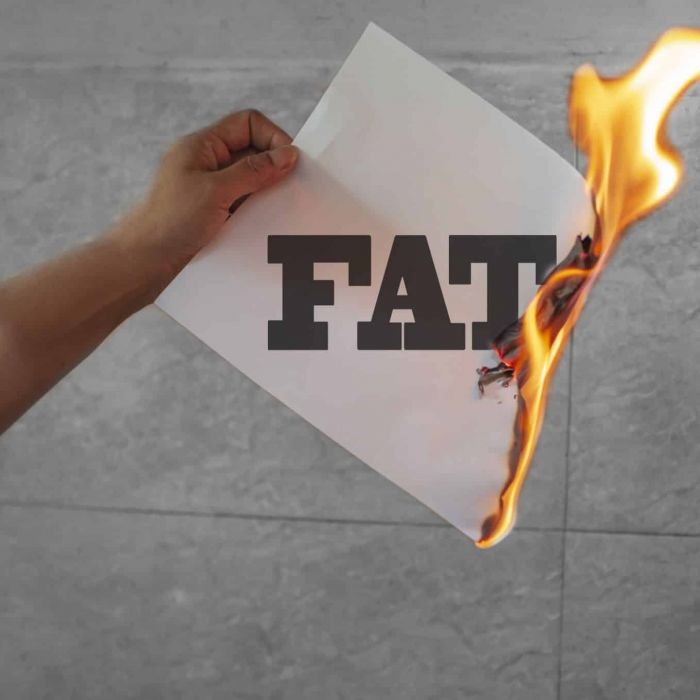Breast cancer is the most common cancer in women, and one out of every eight females will receive a breast cancer diagnosis in her lifetime. While great strides have been made in breast cancer treatment in recent decades, the fact remains that early detection of such cancers may still mean the difference between life and death. Thermography is one of the tools used for early breast cancer detection.
As tumors grow, they are more likely to metastasize, spreading the disease throughout the body. When tumors are discovered at an early stage and removed – along with additional therapy such as radiation, chemotherapy and the use of tamoxifen or other medications –the woman has a much higher chance of surviving breast cancer.
Thermography
Also known as thermal imaging, thermography has existed for several decades. It is a simple, non-invasive procedure, utilizing a special camera and infrared technology to take photos of the breasts and detect heat. The latter may prove indicative of early breast cancer, long before a woman may feel a lump in her breast. No radiation is involved with thermography.
How Thermography May Detect Early Cancer
The idea behind thermography and tumor detection is based on the fact that cancer cells grow very quickly. As they multiply, blood flow and metabolism rise, causing inflammation and a boost in skin temperature. It is this higher temperature that thermography identifies on the breast’s skin. Thermography cannot detect breast cancer per se, but it can identify excess heat potentially indicative of the early stages of breast cancer.
However, thermography also has a high rate of both false positives and false negatives, which alarms researchers. Just as women do not want to go through the stress and fear of a false positive, a false negative gives an unwarranted sense of security.
Not a Mammogram Substitute
In February 2019, the FDA issued a safety communication stating that thermography “should not be used in place of mammography for breast cancer screening or diagnosis.” The FDA notes that mammography is the safest and most effective breast cancer screening tool and the only method that increases survival through early breast cancer detection. Keep in mind that while insurance companies will usually not pay for thermography, they will cover mammograms.
Thermography vs. Mammograms for Young Women
Since thermography is not considered as reliable for detecting early breast cancer as a mammogram, why should a woman consider having the test done? Changes in mammography screening guidelines have raised the recommended age for an initial mammogram from 40 to 50 for women at average risk of developing breast cancer.
Because pre-menopausal women have denser breasts, mammograms are difficult to interpret in younger females. Mammograms may appear suspicious in as many as half of pre-menopausal women, leading to further testing, including biopsies. For most of these women, cancer is not present. Not only have they undergone unnecessary medical procedures, but they have also had to live with the fear of having cancer for weeks or months until their results come back.
Women at high risk for breast cancer, such as those with a family history of the disease or who have a BRCA gene mutation, should have mammograms at an earlier age. For the average woman without these risk factors, thermography might indicate early breast cancer, and she can follow up the results with a mammogram for a more definitive diagnosis.








